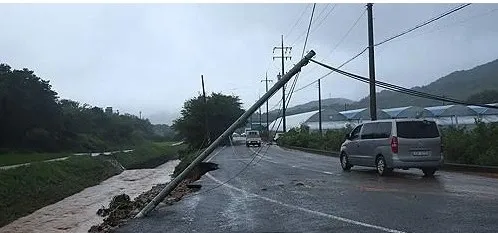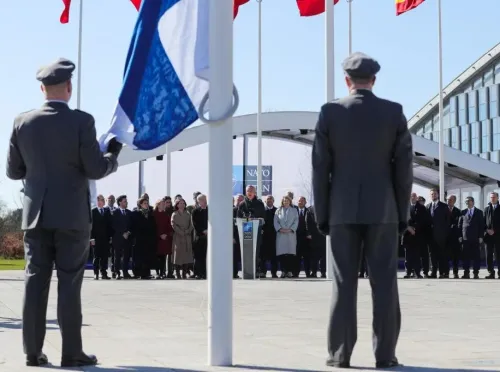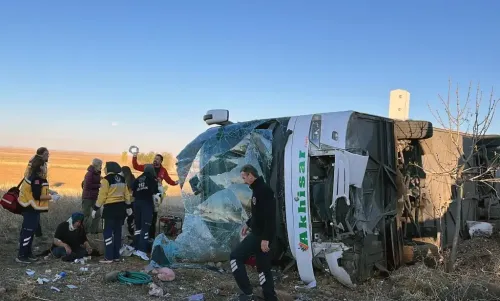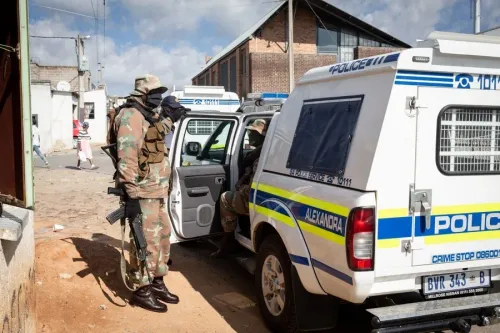What Impact Have Heavy Rains and Landslides Had in South Korea?

Synopsis
Key Takeaways
- 17 fatalities reported from heavy rains and landslides.
- 11 individuals still unaccounted for.
- Significant rainfall in Sancheong and surrounding areas.
- Emergency response efforts ongoing with potential changes in toll.
- Special disaster zones to be established for recovery support.
Seoul, July 20 (NationPress) A devastating wave of heavy rains and landslides across South Korea has led to the tragic loss of 17 lives, with an additional 11 individuals reported missing, according to the government as of Sunday.
As per the figures released by the Interior Ministry and the National Fire Agency at 6 pm Sunday, a significant portion of this toll—10 fatalities and four missing—was recorded in the southern county of Sancheong.
Other fatalities have been reported in Osan and Gapyeong within Gyeonggi Province; Seosan and Dangjin in South Chungcheong Province; and the southwestern city of Gwangju.
Rescue operations are ongoing in Sancheong, and officials warn that these numbers may change.
Torrential downpours have battered the nation since Wednesday, with Sancheong receiving an astonishing 793.5 millimeters of rain by 5 p.m. Sunday. The nearby county of Hapcheon recorded 699 mm, while Hadong received 621.5 mm.
On Sunday alone, Gapyeong, located 55 kilometers northeast of Seoul, saw an accumulation of 197.5 mm of rain.
Authorities are currently dealing with 1,999 reports of flooded roads, soil erosion, and damaged public facilities, alongside 2,238 instances of private property damage, affecting both buildings and farmland.
In total, 13,492 people have sought refuge in shelters across 15 major cities and provinces. Additionally, 62 flights have been canceled due to the adverse weather conditions.
While officials anticipate further rainfall late Sunday in parts of Gyeonggi, Gangwon, Chungcheong, and North Gyeongsang provinces, they have downgraded the highest alert level of their emergency response system as of 6 pm.
Earlier, South Korean President Lee Jae Myung directed the government to expedite the designation of severely impacted areas as special disaster zones, as per statements from his spokesperson.
These special disaster zones will qualify for government aid in recovery efforts and support for affected victims.










